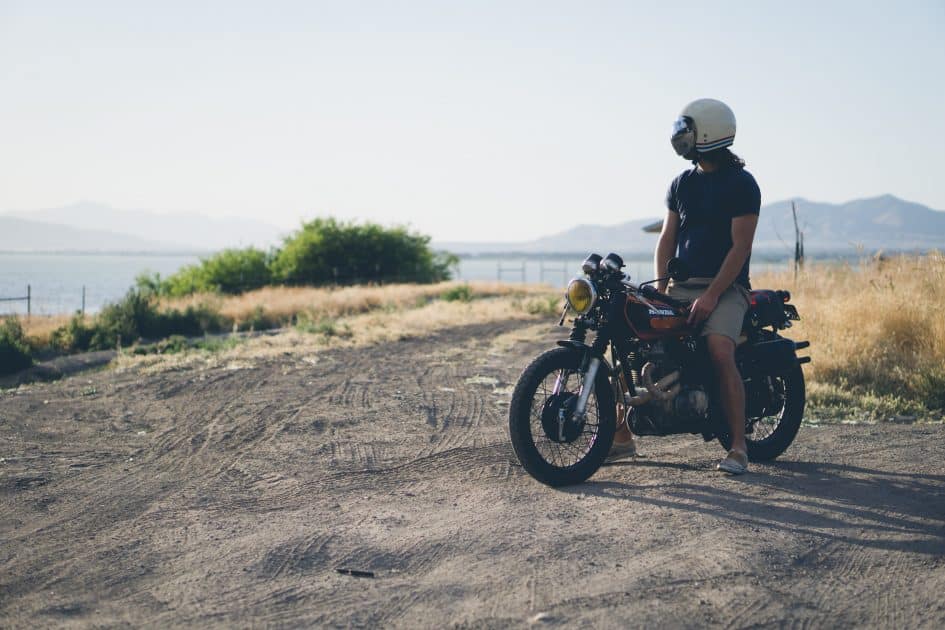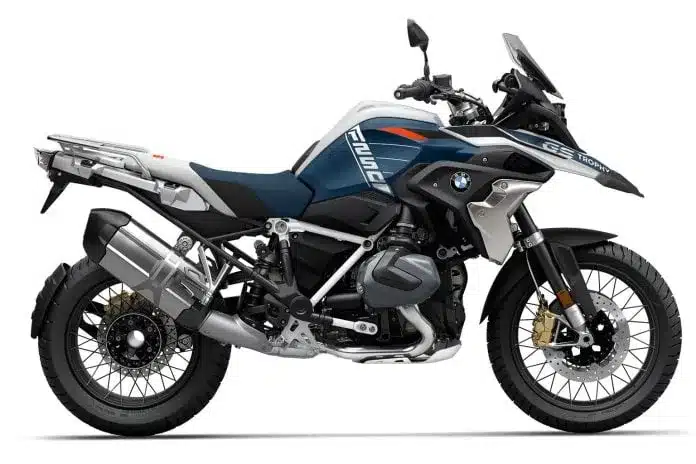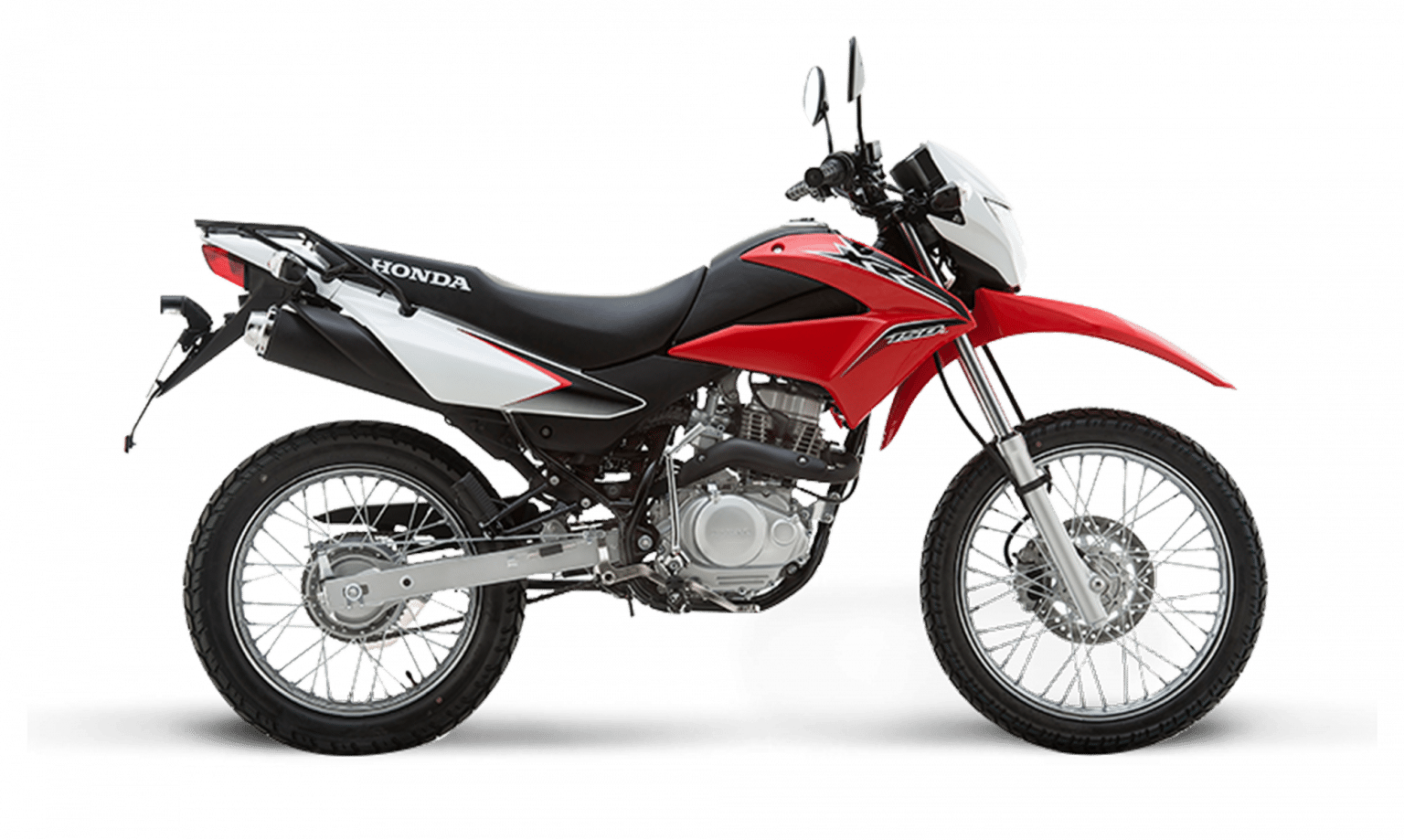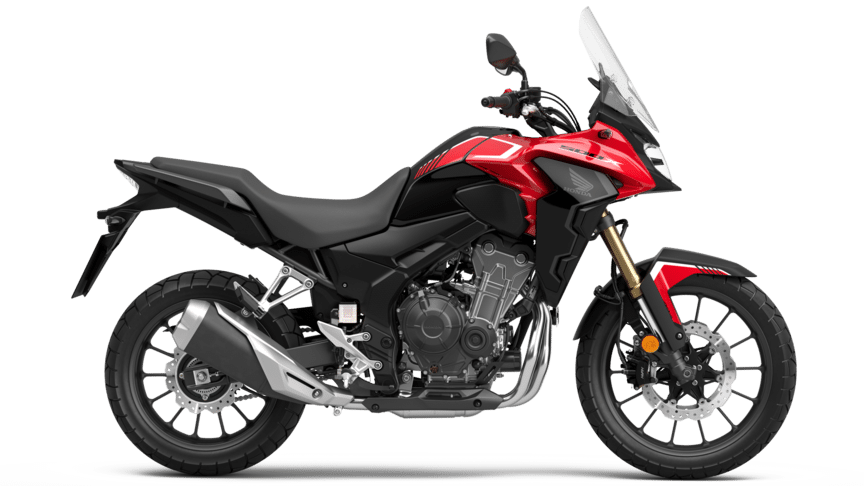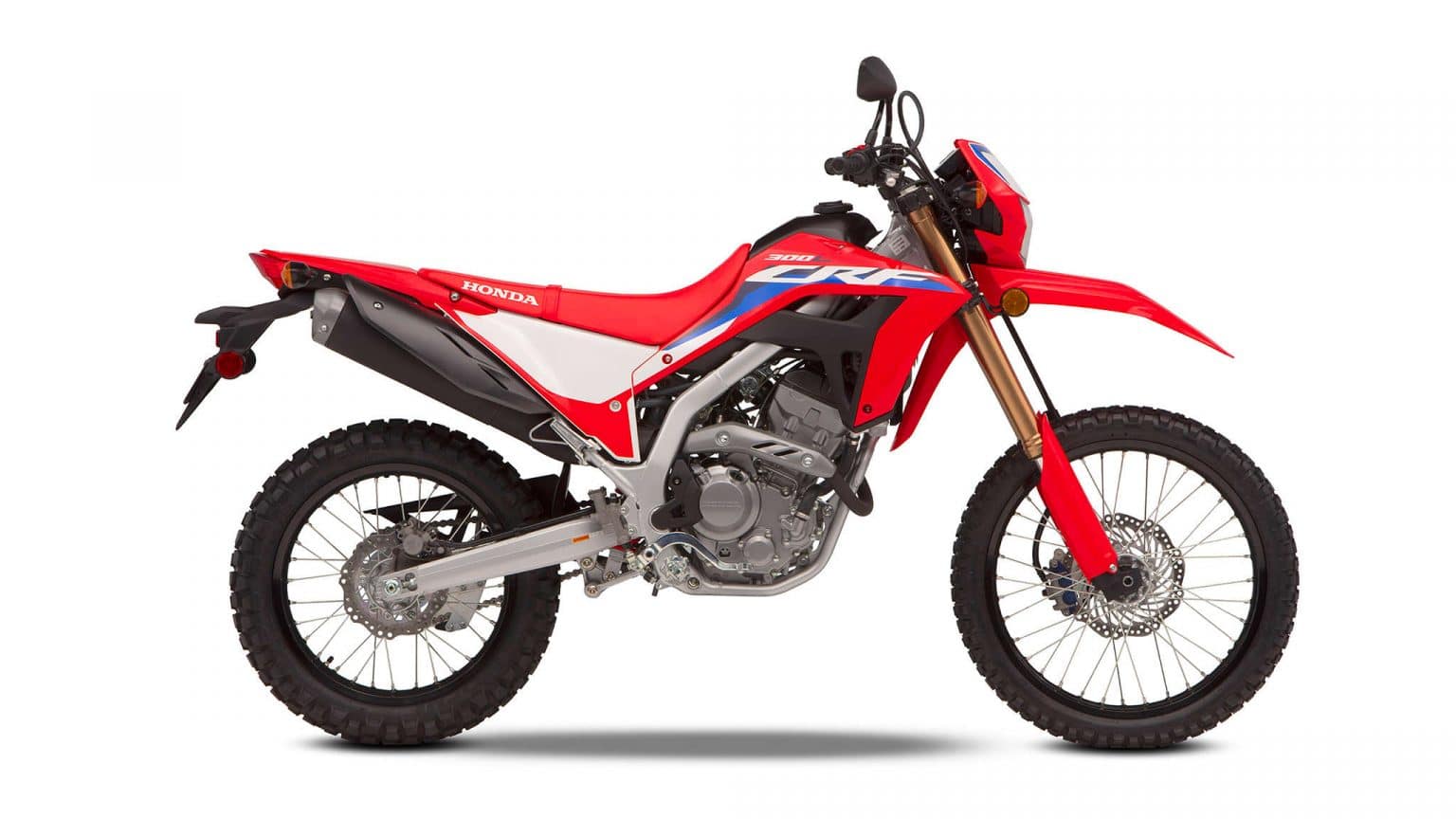Tips for Motorcycle Riding in Vietnam
Motorcycle riding in Vietnam is a bucket list adventure! The freedom of the open road, the beautiful scenery, and culture you can experience along the way are priceless. However, it can become pricey if you do not pay attention to the roads and drive recklessly.
The roads in Vietnam are big, long, and unpredictable. Often some of the roads in Vietnam can be tricky. We have a clear summary of all the most important tips when traveling through the countryside and cities. Knowing how to drive a motorbike is one thing, but knowing how to drive a motorbike in Vietnam is a different ball game. Always have your wits about you and never forget your helmets folks.
Tips for general Riding
- You need to be 18 or over to ride.
- Wear a helmet. Make sure it has an international safety rating.
- Where possible, fill your tank at a petrol station and not on the side of the road. Petrol stations are everywhere.
- Remember to ride on the right-hand side of the road.
- Ride confidently. Make clear determined moves across the road to signal your intended direction.
- Remember speed kills and so does lack of attention; stop for photos and phone calls.
- The speed limit in town is 40kmh for motorbikes.
- Do not shadow cars in town as their speed limit is 50kmh.
- The speed limit out of town is 60kmh for motorbikes.
- Expect the unexpected. It is more likely to happen than you think.
- Drive defensively, if it is larger than you, give way as it won’t give way to you.
- Use your arms to signal when turning, Indicators are often ignored by Vietnam drivers.
- Leave early and get the bulk of your day’s mileage out of the way before lunch.
- Don’t drive at dusk or after if you can help it
- Consider a break at dusk to allow your eyes to adjust to the change in light.
- Don’t overload the bike
- Remember to wave and smile at people
- Don’t drink and drive. The legal blood alcohol limit in Vietnam is 0%!!
- Follow the law and the law won’t follow you.
- Honk your horn, a lot! It means, “Hello, I’m here.” not “Get out of my way!”
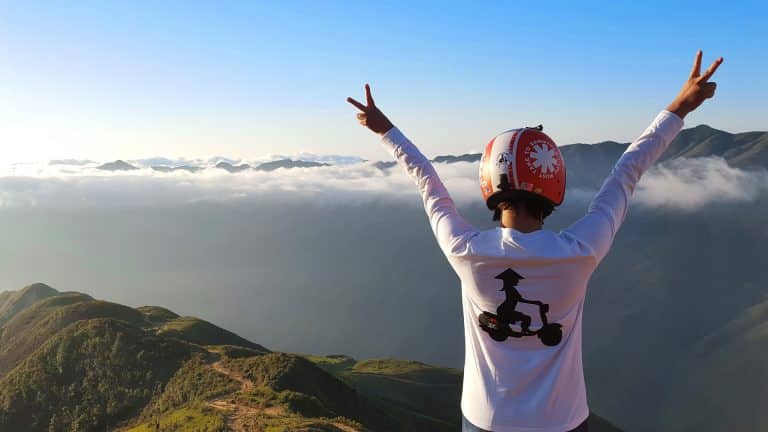
Tips for Riding in the city
- The speed limit for motorbikes is 40kmh. For cars, it is 50kmh. Do not shadow cars you may be going too fast.
- Maintain a constant speed and direction. Let the Vietnamese go around you. They will happily avoid you.
- Focus more on what is ahead of you, everyone else will slow down at intersections.
- Watch out for people running red lights. They often do.
- Turning right on red is allowed at many junctions, but not all, look for the signs.
- Try to go behind any pedestrians crossing the road, and any other obstructions, this will allow both you and them to have free space to move into and maintain flow.
- Watch out for larger vehicles hiding smaller ones, you will often see a bike ‘pop out’ from behind a truck.
- Be careful around schools and look out for both children and parents. They will not be paying attention.
- Watch out for kids on the roads in general, particularly those that are running or moving in some way.
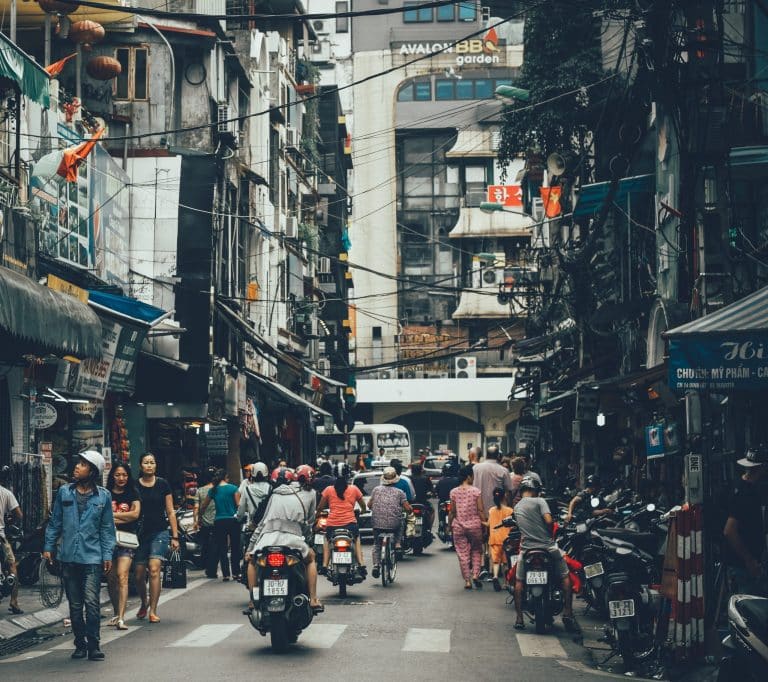
Tips for Riding in the Countryside
- Road conditions in a country like Vietnam can change quickly.
- Use Google Maps. Set it to avoid Highways, Tolls, and Ferries.
- Your first day is likely to be a long one, to get you out of the city. Try to plan for an average of 150km per day to prevent saddle soreness.
- Expect to average around 40kmh over your trip. This allows for lunch stops, photo stops, the call of nature…
- Factor in rest days for rest and laundry.
- Where possible download a pre-made route map rather than asking Google to direct you. This is because it will reroute you if you make a wrong turn and then you can end up going round in circles.
- Don’t take corners wide. Assume there is a vehicle coming round it.
- Keep your eyes on the road. The scenery is amazing so be careful.
- Watch out for wet roads. Stopping distances greatly increase when roads are wet.
- Be aware that road surfaces will often change unexpectedly. Drive accordingly.
- Try to avoid driving after dark. The level of danger increases exponentially.
- CT = Cao Toc = high speed = Highway. BIKES ARE NOT ALLOWED ON THE HIGHWAYS (CT roads)
- Slow down. Dead slow when you see large animals on the road.
- Don’t honk your horn around large animals. It can spook them.
- Stop if the cops ask you to. Smile, act stupid and they should get bored easily.
- Do not swerve to avoid chickens, dogs, etc… Apply the brakes instead. They can move much faster than you.
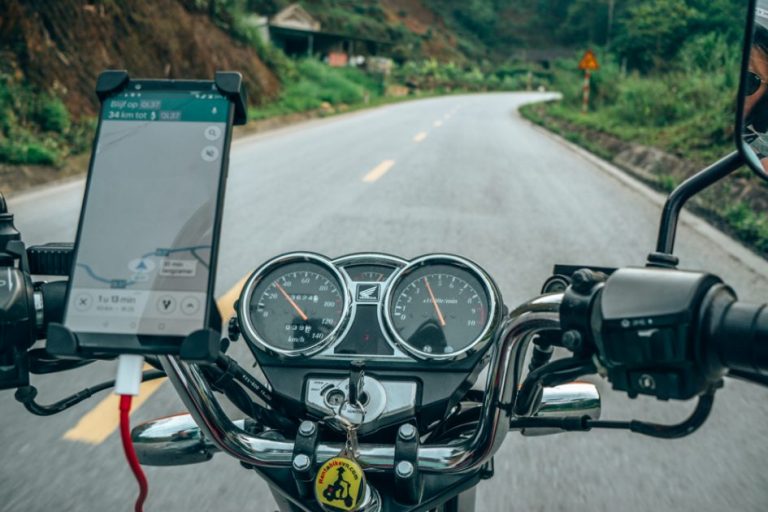
Riding with a Passenger
- Communication If your passenger is a newbie, instruct them what gets hot, where to place their feet, how to get on and off the bike, where to hold on, and how to sit.
- Signals: you could agree that a shoulder tap or a certain number of taps could mean, “Please slow down,” or “I need to ask you something,” etc. Or pointing to the side of the road could indicate, “Please pull over,” or “I need to take a break.”
- Always make sure both passengers have a helmet and bike protective gear.
- check your owner’s manual or ask a dealer or independent repair facility for advice for your bike and intended passenger’s weight.
- Keep in mind the speed you are driving as you won’t be able to break so quickly when there is a second person on the back.
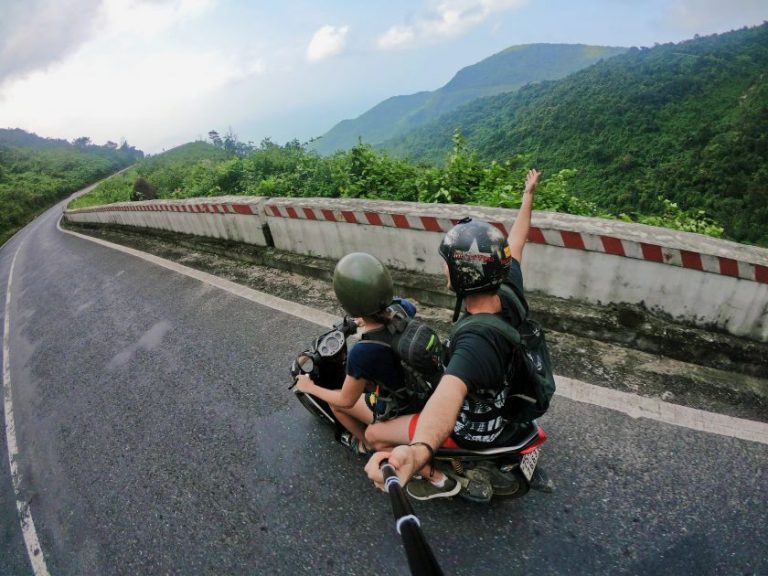
Separation Distances When You Ride a Motorbike
One of the biggest mistakes drivers and motorcycle riders make when riding in Vietnam is not leaving enough stopping distance for bikes. A driver needs to be able to judge a safe separation distance at all times, in all kinds of traffic, in all weather and road conditions. Leave a generous following distance between your bike and the vehicle in front of you, and try to keep an escape route open to the side (onto the road shoulder, for example) if you can’t stop in time.
An issue connected to this, in Vietnam, is the locals propensity to fill any gap. If you leave a decent enough gap between you and the rider in front, you are sure to have someone fill it. Resist the temptation to reduce the gap as you will be in the wrong in the event that you run into someone from behind. Having right of way does not help pay hospital bills or worse.
Tips for Riding at Night
Despite the numerous dangers, you can safely ride at night providing that you take the right safety measures and if you’re aware of the potential dangers out there.
- Adjust your headlight: When your bike came from the factory, the headlights were positioned in the standard way and unlikely that your riding position matched with your height is exactly the same as the factory specification. Open your owners manual and learn how to adjust your headlight or ask your motorbike rental company to do it.
- Make sure your bulbs have been checked and replaced.
- Clean your lights to avoid dirty shadow illusions.
- Follow the white lines on the road.
- Be aware of drunk drivers and keep a good distance from them.
- Be on the lookout for animals at night.
- Put some Hi-Vi gear on so that other drivers can see you. You can put Hi-Vi on your helmet as well as the front and back of a motorbike.
- WATCH YOUR SPEED: ride as fast as you can see. Follow the speed limit and be ready to break. Driving at night means there is a higher chance of unpredictability.
It's not simple, but you can do it.
By now, you may be feeling very off put by all the Do’s and Don’t’s. Relax, take it easy. So long as you are aware, and take it relatively slowly, you should be fine. Of course, you cannot account for other idiots on the road but you can try to be aware and avoid them.
All of these things mentioned above will become muscle memory in a very short time and you should be able to enjoy your trip a lot more.
